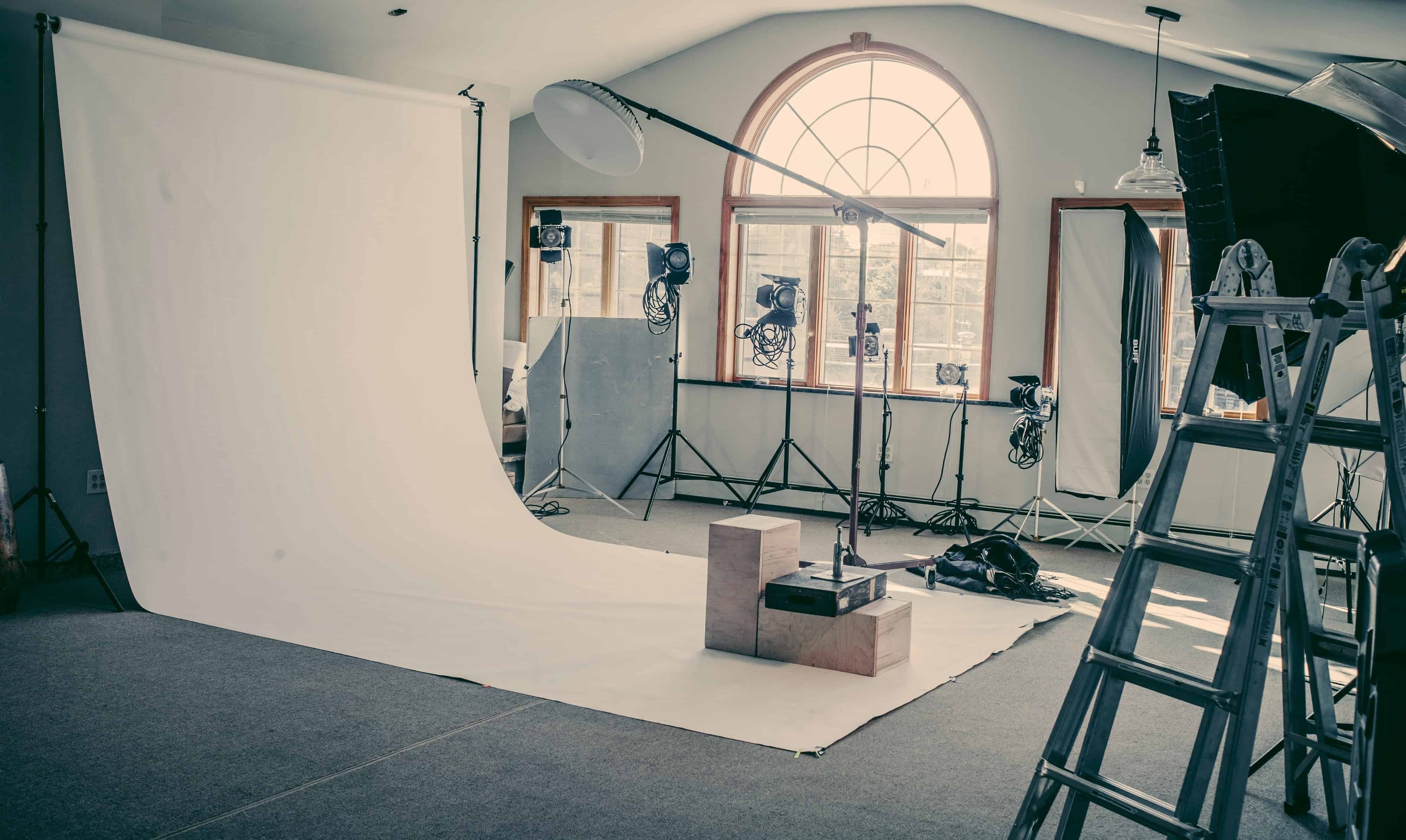How Does Lighting Affect Mood in Photography for Professionals?
As a professional photographer, understanding the nuances of lighting is essential to elevate your craft and evoke the right emotions in your work. The interplay between light and mood is a pivotal element in photography that can either uplift the viewer's experience or hinder it. In this article, we delve into how lighting affects mood in photography, exploring its various dimensions and how you can exploit these principles to create impactful images.
Lighting not only helps set the scene but also conveys emotions, shapes perceptions, and sometimes even tells a story. Whether you're capturing a portrait, landscape, or a commercial product shot, the right lighting can transform your photos from the ordinary to the extraordinary. Let's unravel the mysteries behind how lighting impacts mood, allowing you to enhance your photography skills.

The Foundation of Mood: Understanding Light
The first step in understanding how light affects mood in photography is recognizing the different types of lighting and their characteristics. Different qualities of lightsuch as hardness, softness, color temperature, and directioncan influence the mood of your photos significantly.
1. Types of Lighting and Their Impact
To gain a deeper understanding of how lighting influences mood, familiarize yourself with these lighting types:
- Natural Light: The light produced by the sun, which can either be harsh or soft depending on the time of day.
- Soft Lighting: Creates gentle shadows and flattering tones, which is perfect for portraits.
- Diffused Lighting: This softens the light further, reducing contrast and creating a tranquil atmosphere.
2. Color Temperature: The Emotional Palette
The color temperature of your lighting also dictates the mood. Warm colors (reds and yellows) promote feelings of warmth and happiness, while cool colors (blues and greens) can evoke calmness or sadness. Adjusting your settings or utilizing different light sources can dramatically shift mood and tone in your photographs.

The Emotional Impact of Lighting
Beyond the technical aspects, lighting plays a critical role in setting an emotional tone. By mastering lighting techniques, you can guide the viewer's feelings and reactions to your images.
1. High-Key vs. Low-Key Lighting
High-key lighting minimizes shadows and creates a bright, positive environment, ideal for fashion photography or cheerful portraits. Conversely, low-key lighting introduces dramatic contrasts, often eliciting feelings of mystery or tension, which is excellent for moody portraits or horror-themed photography. Understanding these techniques helps maintain emotional continuity in your images.
2. Direction and Angle of Light
The direction of light can also dramatically alter moods. Front lighting provides a flat appearance, while sidelighting creates depth and contrast. Backlighting can generate silhouettes, adding an element of intrigue to your work. Each technique influences how the audience interprets the subject and emotional content.

Utilizing Lighting Techniques in Different Photography Styles
Different photography styles have their specific lighting needs and mood requirements. Here are a few styles and suggestions on how to effectively use lighting:
1. Portrait Photography
In portrait photography, lighting serves as one of the most significant factors in creating a striking image. Soft lighting is often preferred for skin tones, while harsh lighting can bring out texture and details, contributing to a dramatic effect.
2. Product Photography
Lighting can be used strategically in product photography to highlight features. Experiment with different light sources to see what best showcases your product while establishing the desired mood.

Experimenting with Lighting Techniques
One of the keys to mastering mood through lighting is to experiment. Use different light sources such as natural light, off-camera flash, and reflectors to see how each change impacts your image.
Practice makes perfectcapture the same subject under various lighting conditions to truly grasp the emotional effects of each.
Discussion on Lighting Equipment
Choosing the right lighting equipment can significantly improve your results. Whether using a simple reflector, a softbox, or advanced flash systems, the right tools can help you manipulate the intensity, direction, and quality of light.
1. Continuous vs. Strobe Lighting
Continuous lights provide a constant source, making it easier to see the impact of adjustments in real-time, while strobes can be used creatively for more dynamic and stylized effects.
2. Diffusion and Modifiers
Using modifiers can soften or redirect light. Softboxes, umbrellas, and grids allow you to control how light interacts with your subject matter.
Building Your Own Lighting Toolkit
As you grow as a photographer, developing your lighting toolkit becomes essential. Start simple, and as you become comfortable, expand with additional equipment to suit your specific needs.
Conclusion: Mastering Mood through Lighting
In conclusion, understanding how lighting affects mood in photography is crucial for any professional photographer. By harnessing the power of lighting, you can elevate your craft, evoke emotions, and create lasting impressions. As you engage with different styles, techniques, and equipment, the ability to manipulate light will become an indispensable skill in your photographic journey.
Frequently Asked Questions
1. What lighting is best for creating a moody atmosphere?
Low-key lighting, characterized by dramatic shadows and high contrast, can effectively create a moody atmosphere.
2. How does natural light differ from artificial light in terms of mood?
Natural light provides a softer and more organic feel, while artificial light can introduce various effects based on manipulation.
3. Can the time of day affect lighting moods in photography?
Absolutely! Morning and late afternoon light provides warmer tones and softer shadows, enhancing mood, while midday light tends to be harsher.
As an Amazon Associate, I earn from qualifying purchases.

